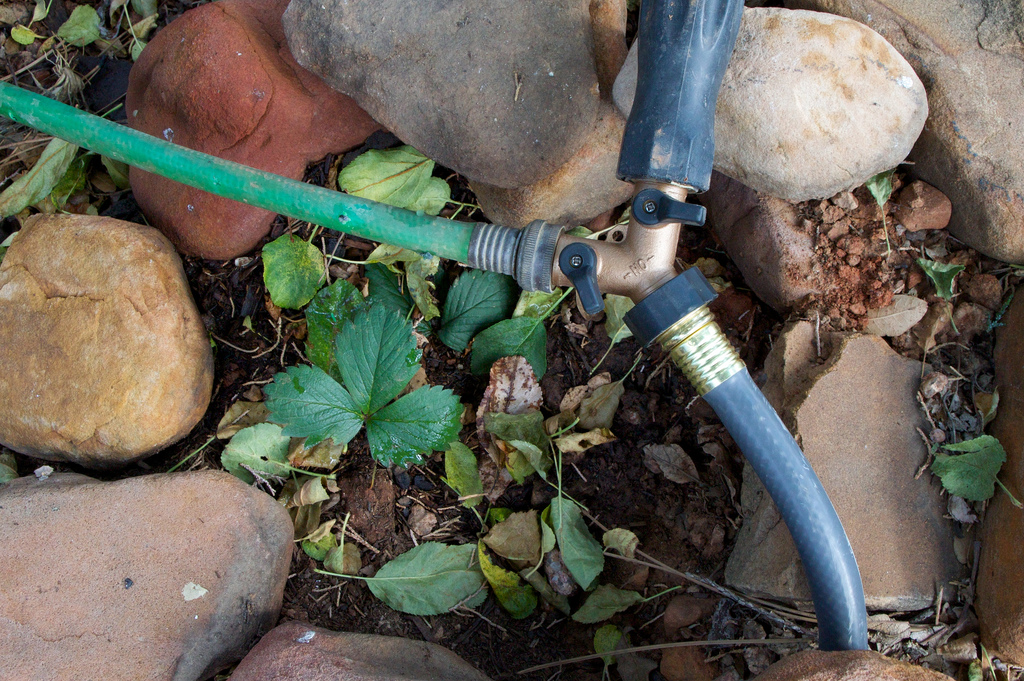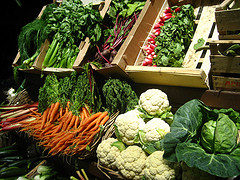 One of the trickiest things about gardening seems like the simplest – the act of watering your crops. After all, you just turn on the hose and spray them down, right? Wrong. While you can use a hose, there are many different methods of watering plants in a gentler manner, and so many ways to mess this process up.
One of the trickiest things about gardening seems like the simplest – the act of watering your crops. After all, you just turn on the hose and spray them down, right? Wrong. While you can use a hose, there are many different methods of watering plants in a gentler manner, and so many ways to mess this process up.
Time of Day
The best times of day to water are when the sun isn’t shining brightly overhead. When it’s very hot out, you need to avoid watering during peak sun times – usually early to mid-afternoon. The water will evaporate too quickly and any liquid that hits the leaves of your plants may leave them vulnerable to sunburn (yes, plants can become sunburned.) You might be tempted to water during these times because you think that the cool liquid might make the plants feel better (similar to how people feel when they go into a cold swimming pool on a hot day.) But, this will cause more damage. Instead, water in the early morning so that the soil and plants are ready when the hot sun appears, or wait until the evening when the sun has gone down. The watering process will be more effective this way.
Checking the Soil
Properly moist soil has a very specific feel to it. The best way to test it is by grabbing a handful and examining it. Soil that is just right will stick together gently when you place it in the palm of your hand and squeeze. If it feels crumbly or falls apart, then your soil is not moist enough. If you can see marks in it where your fingers were, it is too moist. Make sure to test the soil in different parts of your garden as well, since not all sections will drain evenly.
Know Your Plants and Climate
Different plants need various amounts of water. That’s a simple fact of life. The amount that they need depends on your climate and weather as well. If it’s hot out, then your plants have a greater chance of drying out and will need more water than they would if the weather were cooler. The types of plants that they are matter as well, since some require moister soil, while others prefer that it was drier. There is no “one size fits all” when it comes to water plants. Instead, study your plants and keep an eye on the weather.
Surface versus Deep Watering
You don’t want to just water the surface of your soil. This is something that many people do, but it just encourages the roots to grow upwards towards the water, not down into the soil where they can be properly anchored and nourished. Light watering now and then will only affect the surface. You are better off watering your garden deeply, giving it plenty of water less often. This doesn’t mean that you should flood it – as that can cause a number of other problems, including root rot. Instead, take the time to water your garden thoroughly.
Once you’ve mastered the art of watering, you will be one step closer to growing a garden full of healthy fruits and vegetables!
Pic by Predi




No comments yet.